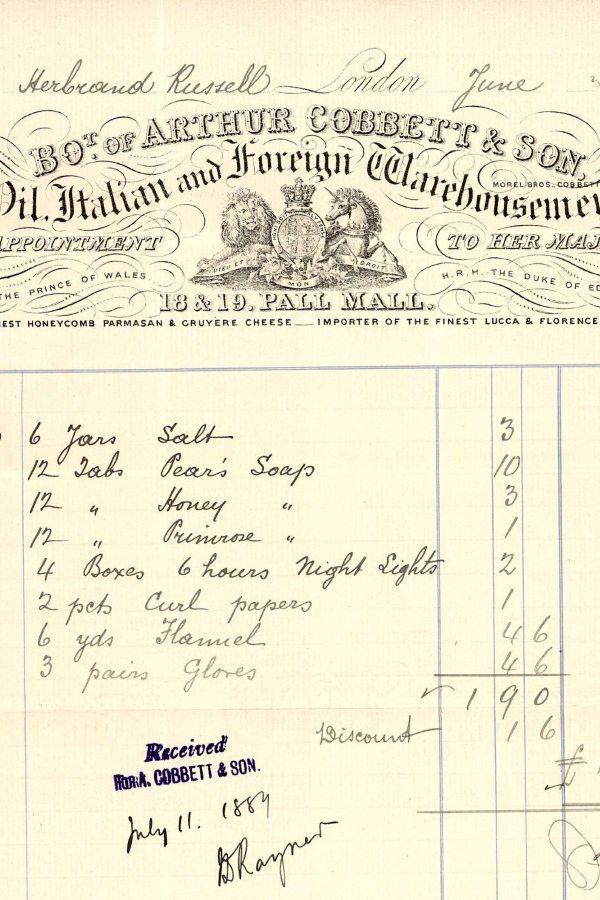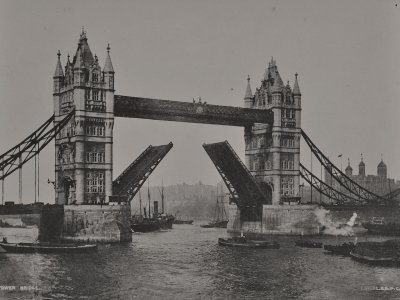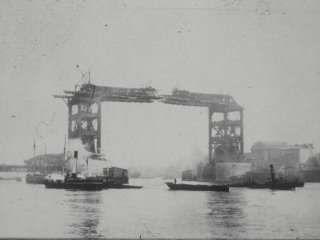Earning a living in Victorian times
When you visit Tower Bridge’s East Walkway, you will see a selection of Victorian coins. Shillings and pennies are placed together with bills and invoices from the 1890s.
These coins are linked to John Heaney and his two sons. They were a Scottish family of riveters that settled in London and helped to build the steel structure of Tower Bridge.

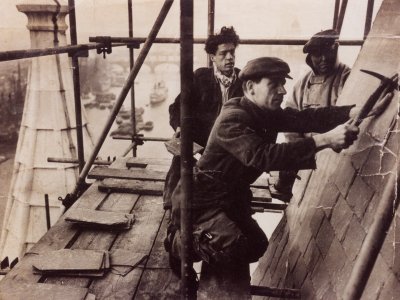
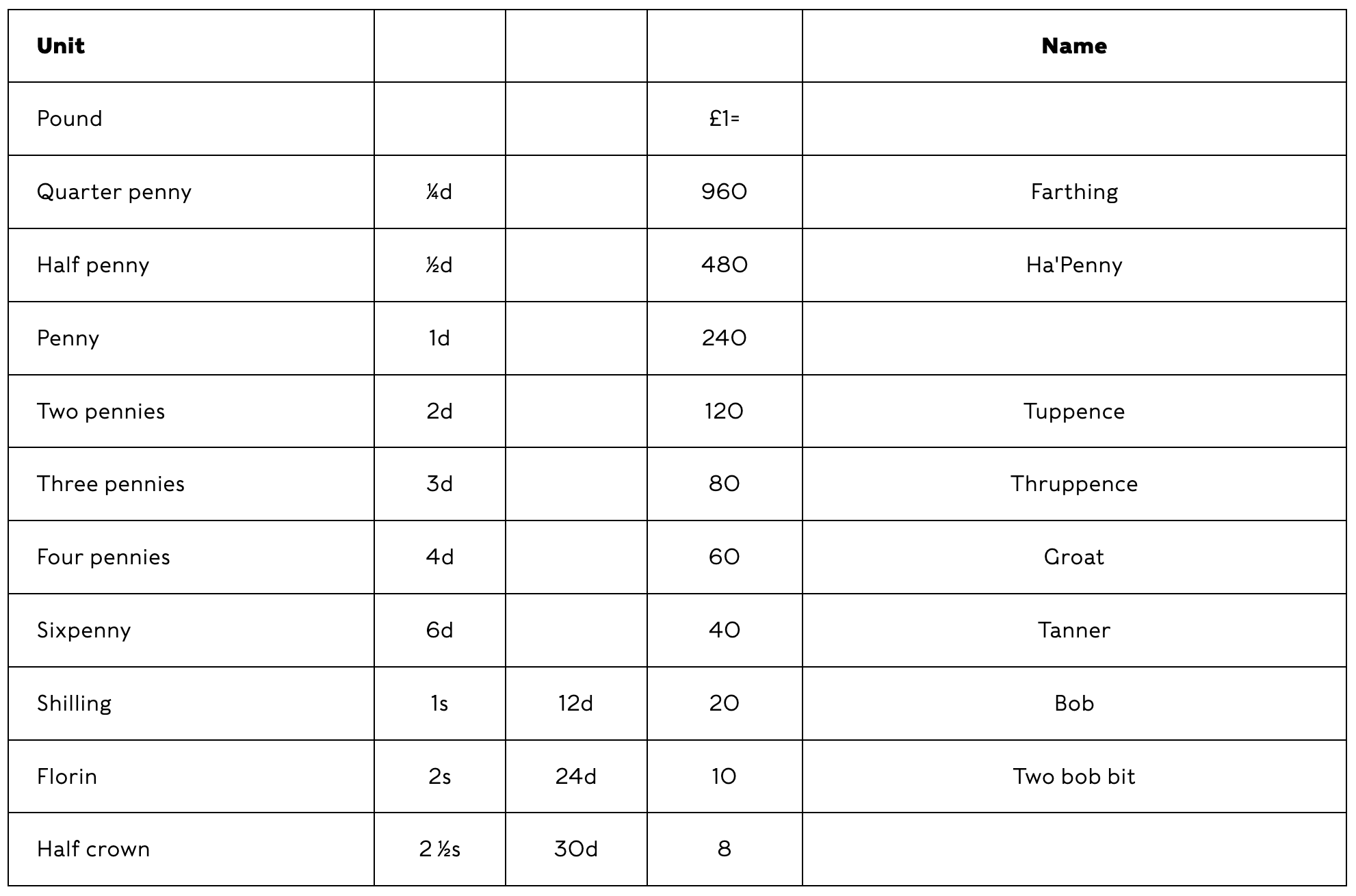 The United Kingdom didn’t switch completely to its current decimal system, known as ‘
The United Kingdom didn’t switch completely to its current decimal system, known as ‘